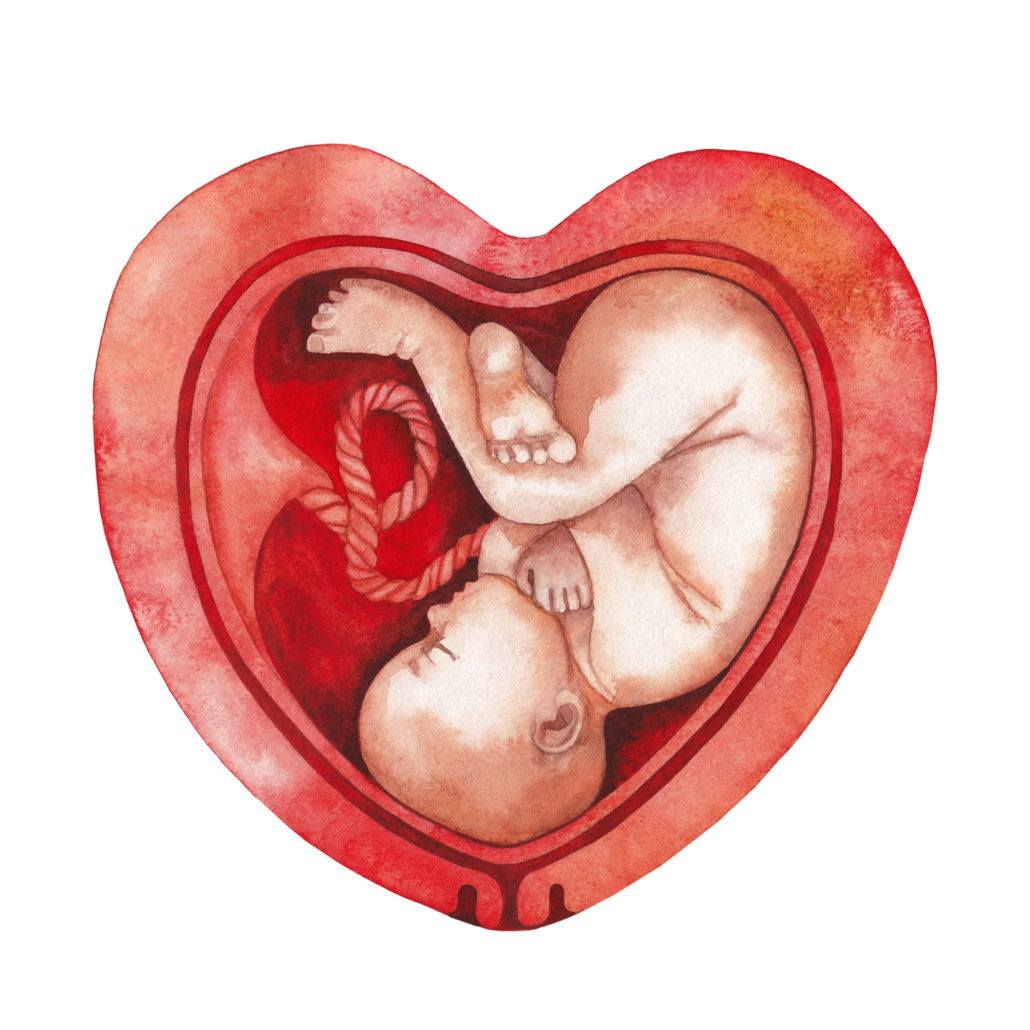
FETUS PLACENTA AND UPSNEHA (GHEE)
The Upsneha or nutritional component of Uterus is also responsible to create primitive placenta and as per first Ayurvedic Midwifery graduate Ms. Krishnabai Redkar from Prabhuram Ayurvedic College – 1904, this upsnehas are like ghee -highly nutritional and promote deep dhatwa agni (tissue fire) in Uterus. In modern terminology, it is known as yolk sac.
INTERESTING: In Sanskrit language Placenta known as ‘APRA’ and, in old times Persian (Parsee) Vaidya’s like Dhanjishah M. Hathikhanawala etc.…use to call it ‘APARA’ in Gujarati language means our own or my own. It belongs to Shakti – women- my own placenta, my own baby, my own body, my own uterus and my own decision.
More than 25,000 protein coding genes are articulated in human cells and 80% of these genes are voiced in the normal mature placenta. More than 365 of these genes are precisely expressed in the placenta and more than 120 genes are absolutely placenta precise. It contains PEG10 and the cancer testis antigen PAGE4 found incytotrophoblast.
As per NCBI resources article, the human placenta and cord blood are rich in hematopoietic progenitor and hematopoietic stem cells (HSCs), which give rise to all the blood cell types including myeloid (monocytes and macrophages, neutrophils, basophils, eosinophils, erythrocytes, megakaryocytes/platelets, and dendritic cells) and lymphoid lineage (T-cells, B-cells, and NK cells) cells.
Since the first successful umbilical cord blood transplants in children with Fanconi anemia [199], cord blood banking and the therapeutic use of cord blood stem cells have grown quickly in the last two decades. Like stem cells from bone marrow, umbilical cord blood hematopoietic stem cells have been used to treat various genetic disorders including leukemia, certain cancers, and some inherited disorders [200–202].
In addition to hematopoietic progenitors and HSCs, the placenta also enriches mesenchymal stem cells (MSCs). MSCs have a broad differentiation potential [203]. MSCs from fetal membranes and placental tissue are able to differentiate in vitro into multiple lineage cell types including osteoblasts, chondrocytes, myocytes, adipocytes, and endothelial cells [203–207].
Recent animal studies also showed that MSCs could be differentiated into beta-pancreatic islet cells and MSCs administration result in beta-pancreatic islet regeneration and prevent renal damage in diabetic animals [208,209].
This is the reason that placenta is most important nutritional substance and why wise animals eat their own placenta -to repair and replenish uterus after birth of baby and prevent and cure so many diseases. Have you ever thought to combine this placenta with certain Satawik (pure) and nutritional rejuvenative herbs to repair code of Karma or genetic disease? With minute component that fetus keep itself alive by ‘Upsneha’ and ’Upsweda’ of mother. So, does great Vagbhatt says, ||Nishekat Prabhruti Garbhashayo Par Snehopswedo Vartanam || (As. Sha. 2-30) …class of Kaumbharbhrutya meaning Pediatrics is coming in AyurvedcSadhana School USA in AUGUST 2018. – Bharat Vaidya- Namaste

